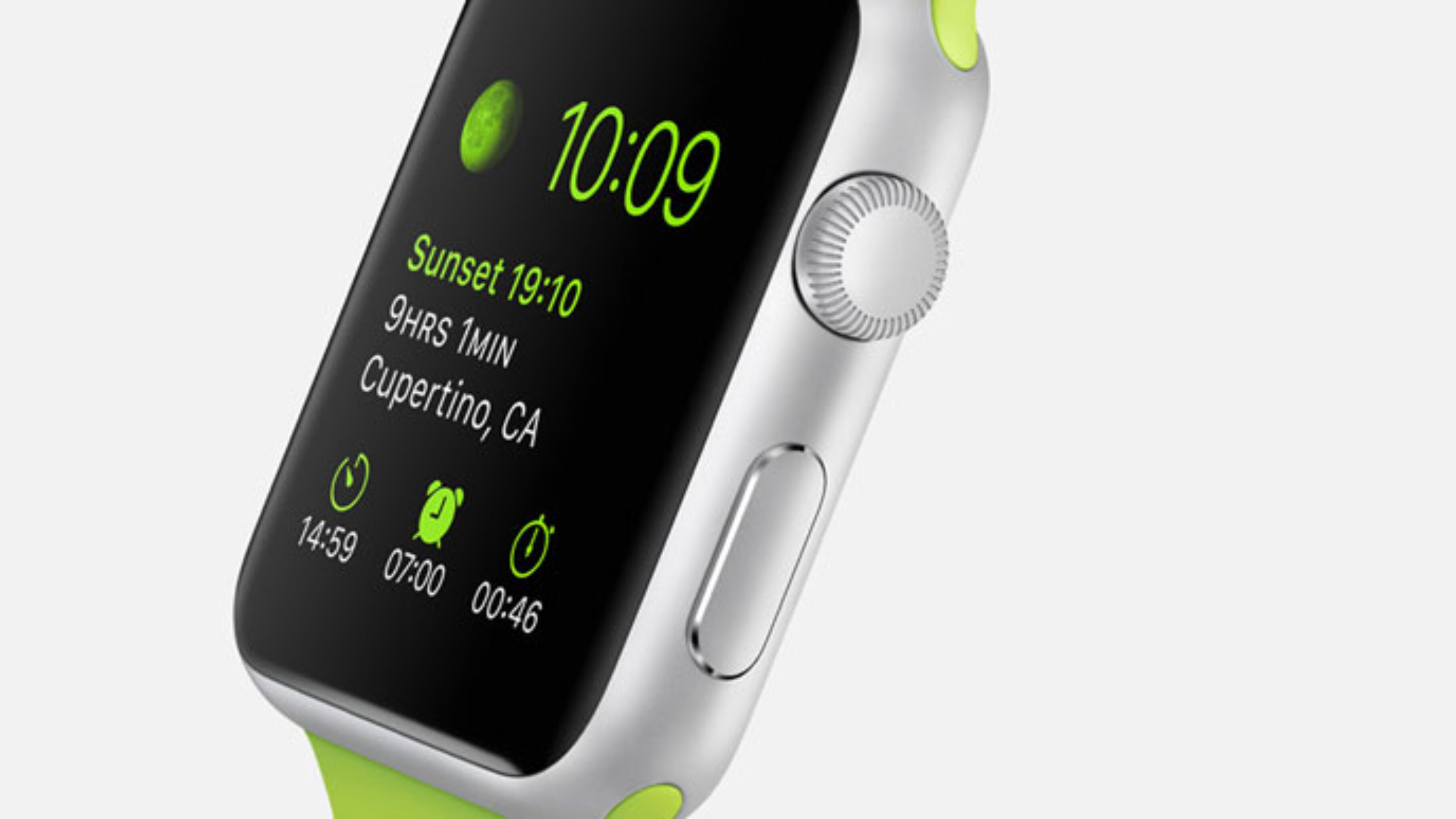The wearable technology market has been bubbling away in the background for some time now. It’s probably not a surprise to any of you that the momentum is growing in this arena. The likes of Google, Samsung and Sony have all launched their own variations of wearable mobile payments and have made their own contributions to this marketplace. As usual it’s Apple that’s leading the way, with its Apple Watch poised to be huge.
As with anything that Apple does, the interest from consumers towards its latest wearable product the Apple Watch is huge. The buzz is already spreading from the forums to everyday, street-level chat. The Apple Watch may not see immediate rapid growth but it will benefit from the legions of loyal fans and guaranteed early adopters that will carry it through its early years and challenges. Once the initial hurdles are crossed, later days of high sales and even higher revenue, are looking likely. Indeed this has been the familiar sales pattern that previous Apple products have followed. Admit it, we all had our reservations about the iPad- “ How is this better than a laptop”, we all shrieked.
In launching the Apple watch, Apple essentially hope that the timepiece will act as a mobile wallet. Paying with an Apple Watch will be much faster than a normal card or cash payment because no PIN, signature or print receipts will be needed. The owner will simply tap the watch against the merchants POS terminal and then the Near Field Communication (NFC) radio technology will send the consumers credit card details across to the merchant. The POS terminal will use the encrypted data it receives from the Apple Watch to contact the consumers bank and gain payment confirmation within seconds. To put that into everyday terms, you are essentially tapping your watch at the checkout to make a payment. It really doesn’t get more convenient and straightforward than that.
This new process provides speedier transactions for both consumers and retailers. The immediacy and ease of use is the main appeal of this technology for the fast paced urban dwelling consumer at whom the watch has initially been marketed at.
There are however, some initial security concerns surrounding the Apple Watch. This is the main drawback of the technology and what is holding consumers queuing up to buy. The technology is hugely secure, however the mystery surrounding how it works may be the reason for consumer suspicion. So here’s the lowdown, broken-down into more detail:
The Apple Watch works in conjunction with your iPhone, where card details are stored in the passbook section. The card details are stored in a protected code, known as a device account number (DAN), so if your phone was stolen no meaningful card details could be obtained. When the Apple Watch processes a payment it transmits the DAN and a onetime security code to the POS terminal. When the POS terminal forwards the payment data into the payment network, Visa or MasterCard, match it to the consumers real card data. Simples. Really there is no need for concerns, plus the technology is supported by state of the art security.
In order to reassure consumers of the safety of the Apple Watch, Apple perhaps needs to publicise the security information more openly, breaking down the technical jargon into everyday digestible language that consumers can understand and familiarise themselves with.
The Apple Watch is set to transform the retail landscape, for consumers and for retailers alike. The one touch mechanism is a clever way to bypass Amazon’s one-click patent and can make online payment forms disappear from retailers’ sites. The Apple watch will also eradicate online credit card fees, encouraging more consumers to shop online. Over time, Apple might offer exclusive deals and promotions with retailers, which will make Apple Pay even more attractive to consumers. Apple announced that it is not keeping any transaction data in its own database – it all goes directly to the retailer, which will grant the retailers access to a wealth of data about their customers. The access to email addresses and demographic information will enable retailers to target consumers directly with products and promotions tailored made to appeal to them. This is great for retailers. All their market research woes could essentially be solved, through access to the Apple Watch data. Overall the technology is set to develop the retailer – consumer relationship and bring both parties closer together and that can only be a good thing.








